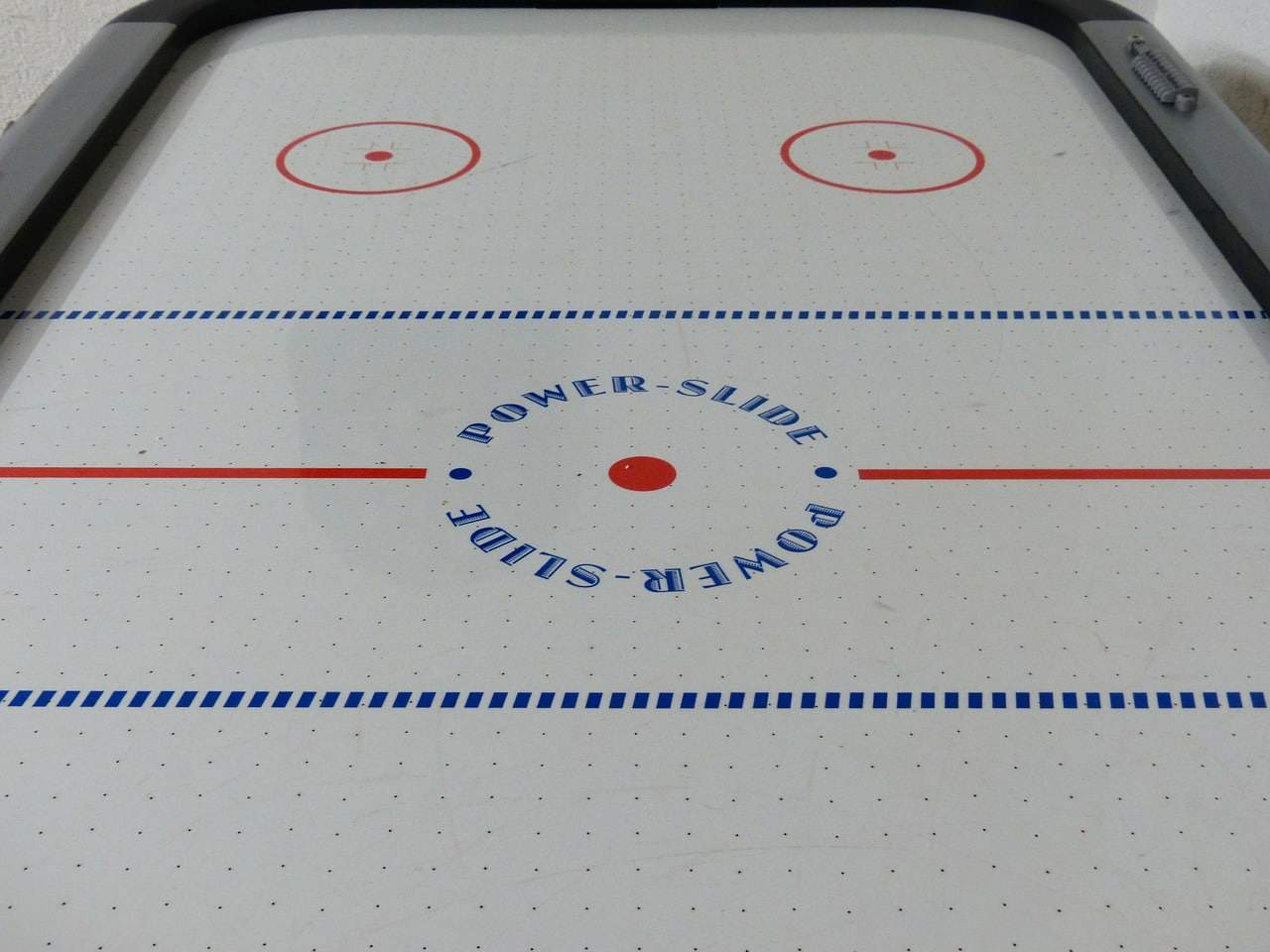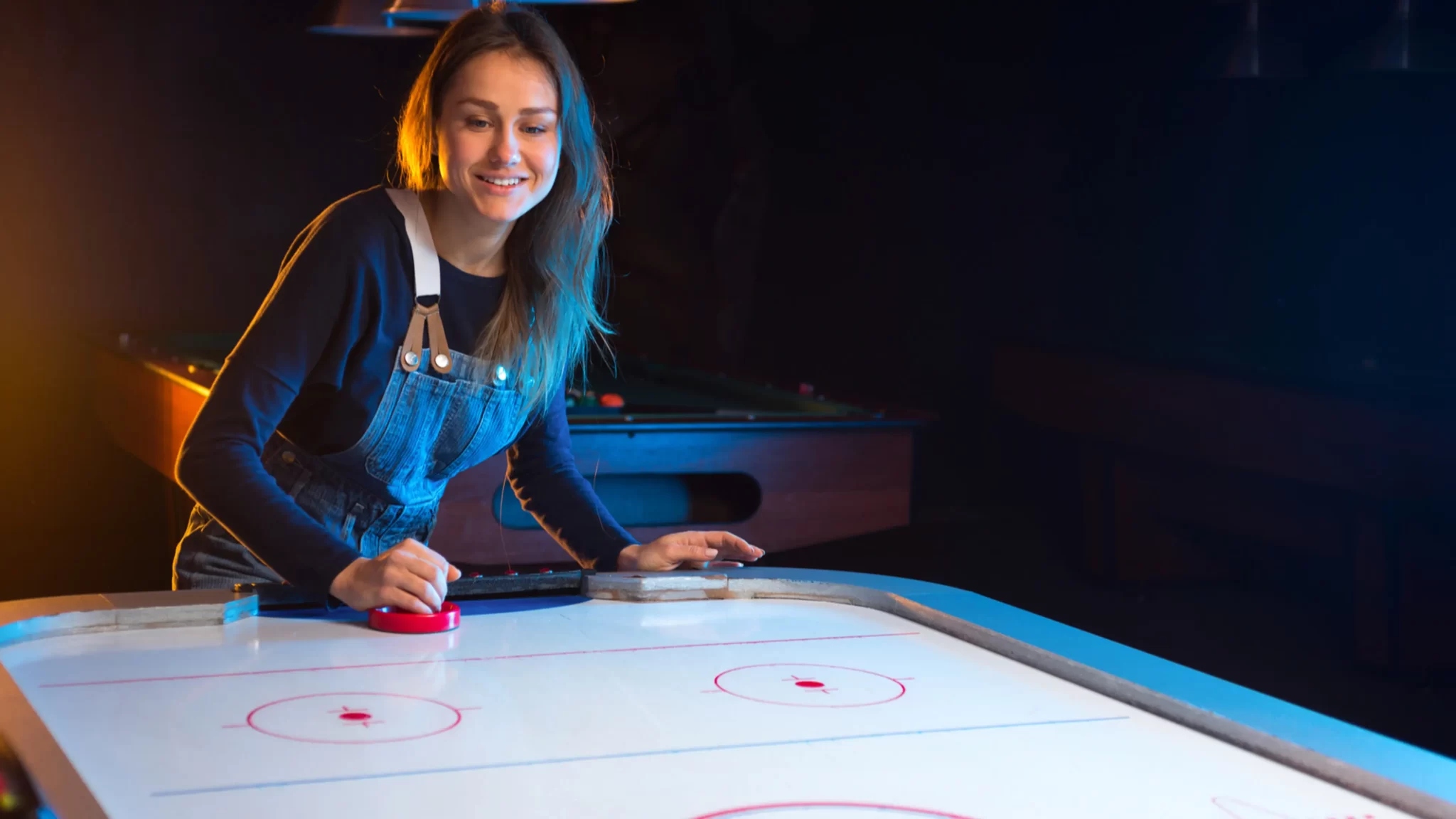Air Hockey Table Maintenance - Keeping Your Game In Top Shape
Air hockey is a fun game that people of all ages may enjoy. It also provides players with a cardio workout, a competitive spirit, and improves hand-eye coordination with each game. Regular care and air hockey table maintenance will keep the table in top shape, prevent damage, and preserve its performance.
Author:Buttskin FamilyReviewer:Caden SteelheartJul 11, 20233.4K Shares231.2K Views
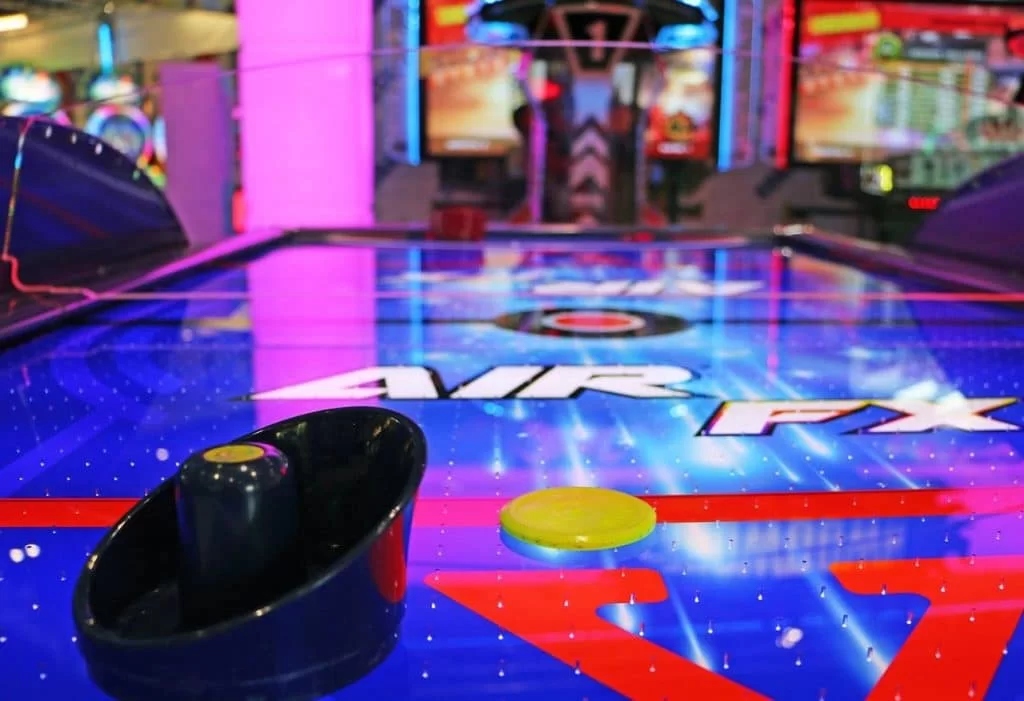
Air hockey is a fun game that people of all ages may enjoy. It also provides players with a cardio workout, a competitive spirit, and improves hand-eye coordination with each game. Regular care and air hockey table maintenancewill keep the table in top shape, prevent damage, and preserve its performance.
In this article, we will delve into the details of air hockey table maintenance, highlighting key steps and tips to help you keep your game at its best. A little air hockey table upkeep keeps your games exciting and your table looking beautiful.
How To Clean And Care For An Air Hockey Table?
Fortunately, keeping your air hockey table clean is a simple task with long-term benefits.
The playing surface of an air hockey table requires regular cleaning to maintain optimal puck glide and prevent dirt and debris from affecting gameplay. Here's a step-by-step guide for cleaning the playing surface:
- Remove Loose Dust and Debris - Start by using a soft cloth or brush to remove any loose dust, dirt, or debris from the playing surface. Gently sweep or wipe across the surface, paying attention to corners and edges.
- Wipe Down with a Mild Cleaner - Once the loose dust is removed, dampen a soft cloth with a mild household cleaner or glass cleaner. Avoid using abrasive cleaners or harsh chemicals that may damage the surface. Wipe the playing surface thoroughly, ensuring all areas are covered.
- Pay Attention to the Air Holes - The air holes on the playing surface are crucial for generating airflow. Use a cotton swab or a small brush to gently clean the air holes, ensuring they are free from any obstruction or debris. This will ensure consistent and smooth puck movement during gameplay.
- Dry the Surface -After cleaning, use a clean, dry cloth to wipe the playing surface and remove any excess moisture. Make sure the surface is completely dry before using the table to prevent water damage.
Lubricating The Table
Proper lubrication is essential for maintaining smooth puck movement and ensuring consistent airflow throughout the playing surface. Here's a guide on how to effectively lubricate your air hockey table:
- Choose the Right Lubricant -Select a silicone-based lubricant specifically designed for air hockey tables. Avoid using oil-based lubricants or other substances, as they may cause damage or affect the performance of the table. Check the manufacturer's recommendations for the appropriate lubricant to use.
- Locate the Air Holes - Identify the air holes on the playing surface of your air hockey table. These holes are responsible for distributing air and ensuring the puck glides smoothly. Typically, the air holes are located at regular intervals across the playing surface.
- Apply the Lubricant -Using the provided nozzle or applicator, apply a small amount of silicone-based lubricant into each air hole. Ensure that the lubricant reaches the interior of the table, allowing for even distribution of airflow.
- Spread the Lubricant - Once the lubricant is applied to the air holes, spread it evenly across the playing surface. Use a clean, lint-free cloth to gently spread the lubricant, ensuring that it covers the entire surface. Avoid using excessive lubricant, as it may interfere with gameplay.
- Test the Table -After lubrication, turn on the blower and test the table to ensure that the puck glides smoothly across the playing surface. If you notice any issues or uneven airflow, consult the manufacturer's guidelines for troubleshooting or seek professional assistance if necessary.
Checking And Adjusting The Blower
The blower is a vital component of an air hockey table as it generates the airflow required for smooth puck movement. Regularly checking and adjusting the blower ensures optimal performance. Follow these steps to maintain the blower:
- Power Off the Table - Before inspecting or adjusting the blower, ensure that the air hockey table is powered off and unplugged from the electrical source. This is important for your safety during maintenance.
- Remove Dust and Debris -Inspect the blower unit for any dust or debris that may have accumulated. Use a soft cloth or a small brush to gently remove any obstructions from the blower's fan or vents. Keeping the blower clean ensures proper airflow.
- Check Fan Performance - Turn on the table and observe the performance of the blower's fan. It should generate consistent and even airflow across the playing surface. If you notice weak airflow, uneven distribution, or unusual noises, it may indicate a problem with the blower.
- Consult Manufacturer Guidelines -If you encounter issues with the blower, refer to the manufacturer's guidelines or user manual for troubleshooting tips. The guidelines may provide specific instructions for addressing common blower-related problems or offer contact information for technical support.
- Professional Assistance - If you are unable to resolve blower issues on your own, consider seeking professional assistance. Air hockey table technicians or customer support teams can provide guidance or service the blower if necessary.
Inspecting The Table Legs And Leveling
The stability and levelness of an air hockey table significantly impact gameplay. Regularly inspecting the table legs and leveling ensures a secure and even playing surface. Follow these steps to maintain proper table leg stability and leveling:
- Visual Inspection -Start by visually inspecting the table legs for any signs of damage, wear, or loose components. Check for loose screws, bolts, or any structural issues that could compromise stability.
- Tighten Loose Components - If you find any loose screws or bolts, use appropriate tools to tighten them. Ensure that all leg components, including screws, brackets, and support bars, are securely fastened.
- Leveling the Table -A level playing surface is crucial for fair gameplay. Use a bubble level to check if the table is balanced. Place the level on different areas of the table, including the corners and center, and adjust the table's leg levelers as needed. Turn the levelers clockwise to raise a low corner and counterclockwise to lower a high corner. Repeat the leveling process until the table is evenly balanced.
- Stability and Wobble Test -Once the table is leveled, conduct a stability and wobble test. Apply gentle pressure to various areas of the table to check for any noticeable movement or wobbling. If you notice instability, review the leg connections, support beams, and levelers for proper alignment and adjustments.
- Regular Maintenance -Perform regular inspections of the table legs and leveling to identify any signs of wear or stability issues. Address any problems promptly to maintain optimal gameplay and safety.
Maintaining The Electronics
The electronics of an air hockey table, including the scoring system and lighting, require proper care and maintenance to ensure accurate operation and longevity. Follow these steps to maintain the electronics:
- Regular Inspection -Conduct routine inspections of the electronic components to identify any signs of damage, loose connections, or wear. Check the wiring, connectors, buttons, and LED lights for any visible issues. Promptly address any problems or seek professional assistance for repairs or replacements.
- Cleaning - Use a soft, dry cloth to clean the electronic components regularly. Gently wipe the buttons, scoring sensors, and LED lights to remove any dust or debris that may accumulate over time. Avoid using water or cleaning solutions directly on the electronics to prevent damage.
- Dust Prevention - To minimize dust accumulation on the electronic components, consider using a cover or protective sheet when the table is not in use. This will help keep the electronics clean and prevent dust from interfering with their functionality.
- Follow Manufacturer's Guidelines -Refer to the manufacturer's guidelines or user manual for specific instructions on maintaining the electronic components. They may provide recommendations for cleaning methods or troubleshooting tips for common issues.
Protecting The Table
Protecting the table's surface and components is crucial for maintaining its appearance and preventing unnecessary wear and tear. Follow these steps to protect your air hockey table:
- Table Cover - When the air hockey table is not in use, consider using a table cover specifically designed for air hockey tables. This cover will shield the playing surface from dust, spills, and potential scratches. Ensure the cover is the appropriate size for your table and fits securely.
- Jewelry and Sharp Objects - Encourage players to remove jewelry, belts, or any sharp objects that could potentially scratch the playing surface. Remind players to be mindful of their accessories during gameplay to avoid unintentional damage to the table.
- Spills and Moisture - Promptly clean up any spills or moisture that may occur during gameplay. Use a clean, dry cloth to wipe away liquids to prevent water damage to the playing surface or electronic components. Avoid using excessive water or cleaning solutions.
- Proper Handling - When moving the air hockey table, use caution and follow the manufacturer's guidelines for proper handling. Avoid dragging the table, as it can damage the legs or playing surface. Instead, lift the table with assistance and place it in the desired location.
- Avoid Extreme Temperatures - Avoid placing the air hockey table in areas exposed to extreme temperature fluctuations, such as direct sunlight or near heating vents. Extreme temperatures can warp the playing surface or affect the performance of the electronic components.
Regular Inspections
Performing regular inspections allows you to identify any potential problems or signs of wear and tear before they worsen. Here are some key areas to focus on during inspections:
- Playing Surface - Inspect the playing surface for any scratches, dents, or other damage that may affect gameplay. Look for any uneven areas that could impede the smooth movement of the puck. Address any issues with the playing surface promptly to maintain optimal gameplay.
- Paddles and Pushers - Check the condition of the paddles and pushers. Look for signs of wear, such as worn rubber grips or chipped edges. Damaged or worn-out paddles can affect gameplay and may need to be replaced.
- Rails and Bumpers - Examine the rails and bumpers along the sides of the playing surface. Ensure they are securely attached and free from cracks or damage. Damaged rails or bumpers can affect puck rebound and should be repaired or replaced if necessary.
- Scoring System - Inspect the electronic scoring system, if applicable, for any malfunctions or inaccuracies. Test the functionality of the score display and buttons to ensure they are working correctly. Address any issues with the scoring system promptly to maintain accurate scorekeeping.
- Blower and Airflow - Regularly check the blower and airflow to ensure consistent and even distribution of air across the playing surface. If you notice weak airflow or uneven performance, consult the manufacturer's guidelines for troubleshooting or seek professional assistance.
Repairs
Addressing repairs promptly is essential to prevent further damage and maintain the performance of your air hockey table. Here are some important considerations regarding repairs:
- Manufacturer's Guidelines - Consult the manufacturer's guidelines or user manual for specific instructions on addressing common issues or performing repairs. The guidelines may provide step-by-step instructions or recommend contacting their customer support for assistance.
- Professional Assistance -If you encounter significant issues or are unsure about performing repairs yourself, consider seeking professional assistance. Air hockey table technicians have the expertise and tools to diagnose and repair complex problems effectively.
- DIY Repairs - For minor repairs or maintenance tasks, such as tightening loose screws or replacing worn paddles, you may be able to perform the repairs yourself. Ensure you have the necessary tools and follow proper procedures to avoid causing additional damage.
- Replacement Parts -If any components of your air hockey table require replacement, such as paddles, pushers, or electronic scoring units, source genuine replacement parts from the manufacturer or authorized retailers. Using compatible and high-quality replacement parts will ensure optimal performance.
People Also Ask
How Often Should I Clean My Air Hockey Table?
It is recommended to clean your air hockey table regularly, ideally after each use or at least once a month. Regular cleaning helps maintain optimal puck glide and prevents debris buildup.
What Should I Use To Clean The Playing Surface Of My Air Hockey Table?
To clean the playing surface of your air hockey table, use a soft cloth or brush to remove loose dust or dirt. Then, wipe the surface with a mild household cleaner or glass cleaner. Avoid abrasive materials or harsh chemicals that may damage the surface.
How Do I Lubricate An Air Hockey Table?
To lubricate an air hockey table, use a silicone-based lubricant specifically designed for air hockey tables. Apply the lubricant to the air holes on the playing surface to ensure smooth puck movement. Follow the manufacturer's instructions for the proper amount and application method.
How Do I Level An Air Hockey Table?
To level an air hockey table, use a bubble level to determine if the table is flat. Adjust the leg levelers at the bottom of the table to achieve an even playing surface. Start by adjusting one leg at a time, gradually checking the levelness until the table is balanced.
How Can I Protect My Air Hockey Table From Scratches And Spills?
To protect your air hockey table, use a table cover or protective sheet when the table is not in use. This helps prevent scratches and spills. Additionally, remind players to remove jewelry, belts, or any sharp objects that could potentially scratch the playing surface.
Conclusion
Proper air hockey table maintenance is crucial for preserving the performance, longevity, and overall enjoyment of your air hockey table. By following these maintenance tips, including regular cleaning, lubrication, checking the blower, inspecting and leveling the table, maintaining electronics, and protecting the table, you can ensure that your air hockey table remains in top shape for years to come.
Remember to consult the manufacturer's guidelines for specific maintenance instructions and seek professional assistance when needed. With proper care, your air hockey table will continue to provide countless hours of fun, excitement, and memorable moments for you and your loved ones.
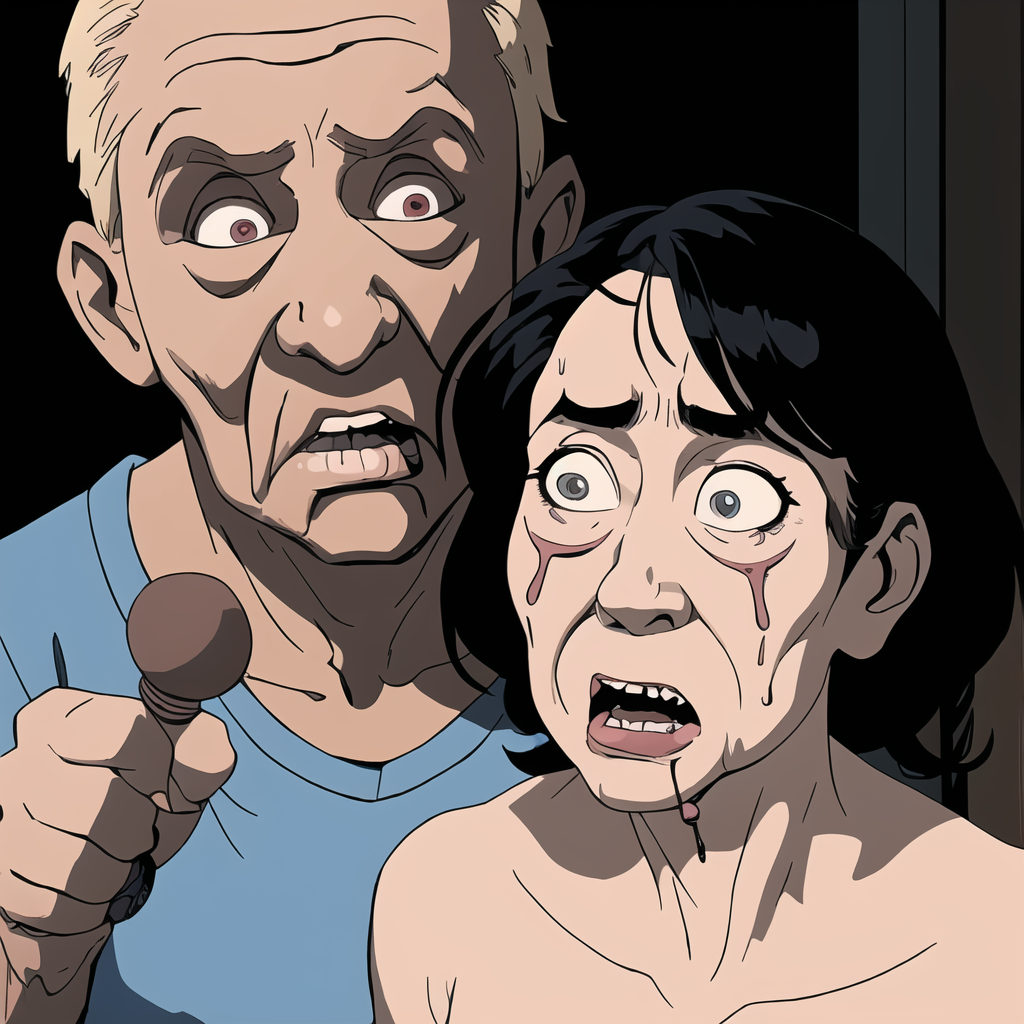
Buttskin Family
Author
The Buttskins are a crazy author family who love writing, laughter, and eating an unhealthy amount of junk food. Mom Rockita started scribbling stories as soon as she could hold a pen, and Dad John didn't realize authoring children's books was a real job until after they were married.
Their kids have embraced storytelling at an early age. Little Lucy, age 5, dictates her colorful tales about dragons and princesses to her parents. Her 8-year old brother Jake collects scraps of paper to diagram his latest imaginary adventure involving ninjas and dinosaurs.
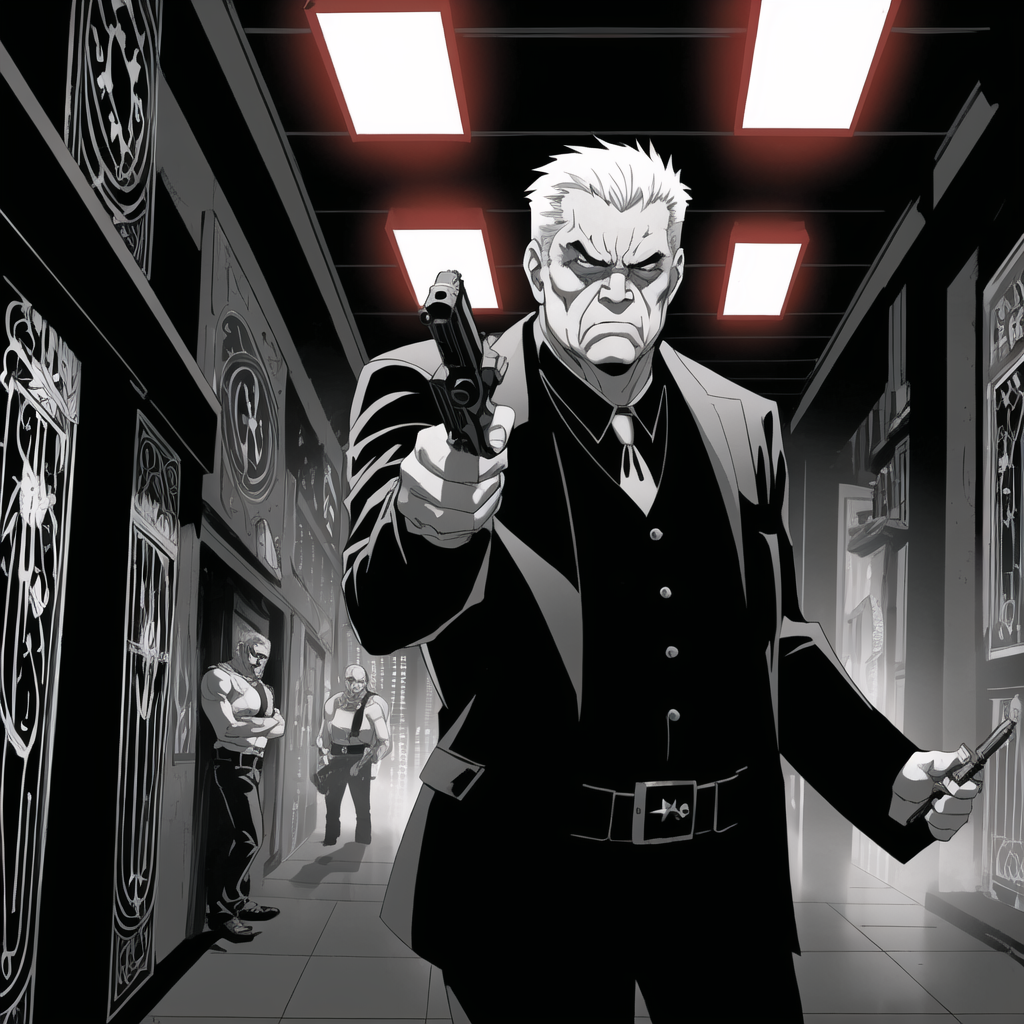
Caden Steelheart
Reviewer
Caden Steelheart, an enigmatic author, weaves tales that immerse readers in the depths of sin city's underbelly. With his words as a weapon, he crafts literary masterpieces that reflect the dark and dangerous spirit of the city. Caden's writing captures the gritty essence of sin city, delving into the intricacies of its characters and the moral complexities that define their existence.
Born amidst the shadows, Caden draws inspiration from the relentless chaos and unforgiving nature of the city. His words carry the weight of experience, creating a vivid and haunting portrayal of sin city's undercurrents. Through his stories, he explores the blurred lines between right and wrong, exploring themes of power, deception, and redemption.
Caden Steelheart's literary prowess has made him a name whispered in literary circles, captivating readers with his ability to immerse them in sin city's intricately woven tapestry. With each written word, he invites readers to journey into the darker realms of the human experience, offering them a glimpse into the secrets and sins that shape the city's inhabitants. Caden Steelheart, a master of capturing the essence of sin city through his writing, continues to captivate audiences with his haunting and evocative narratives.
Latest Articles
Popular Articles
